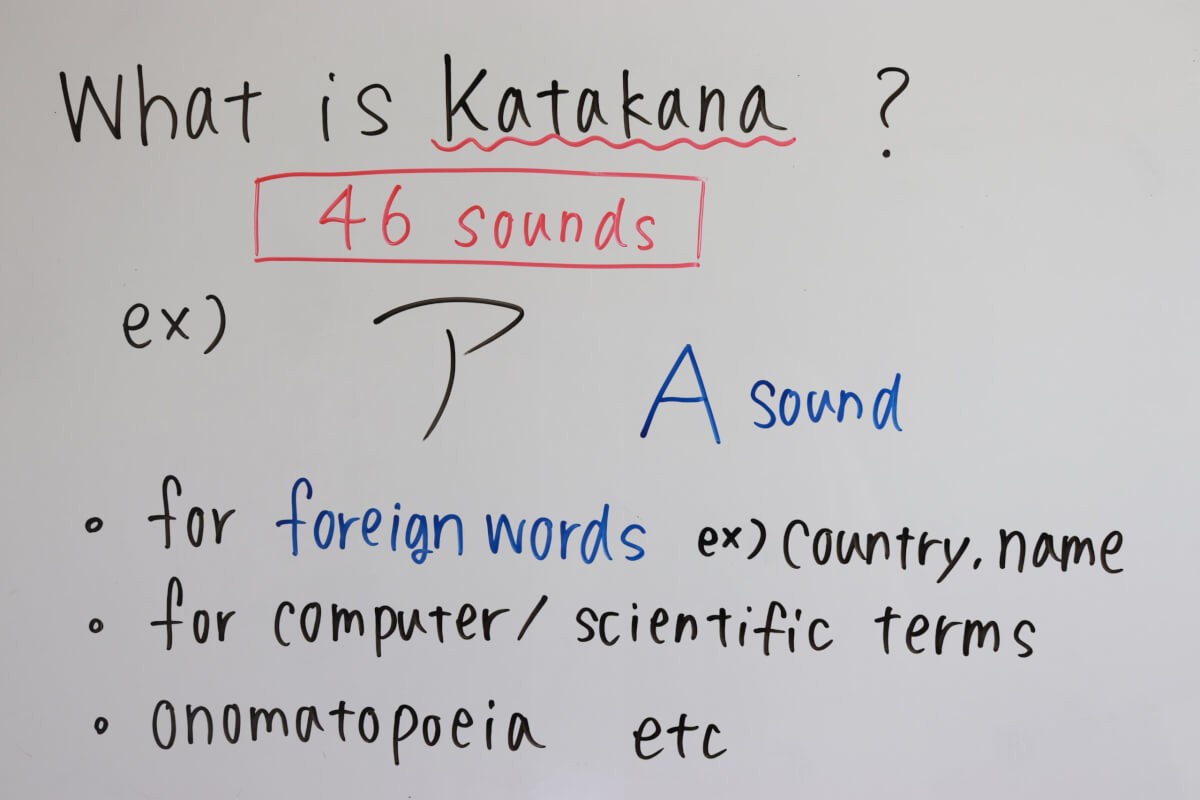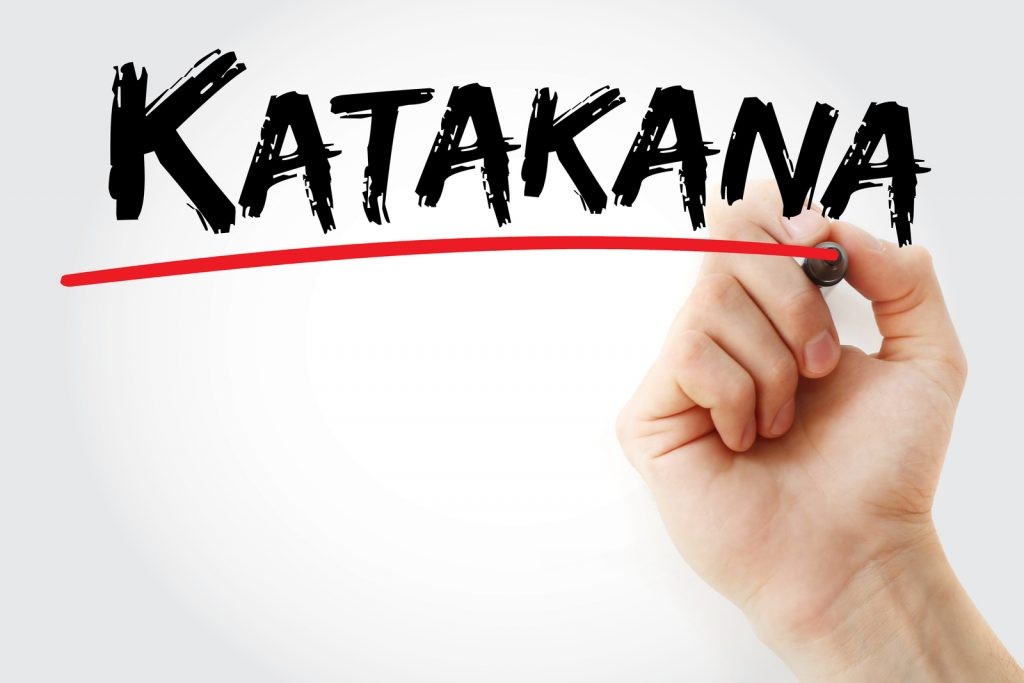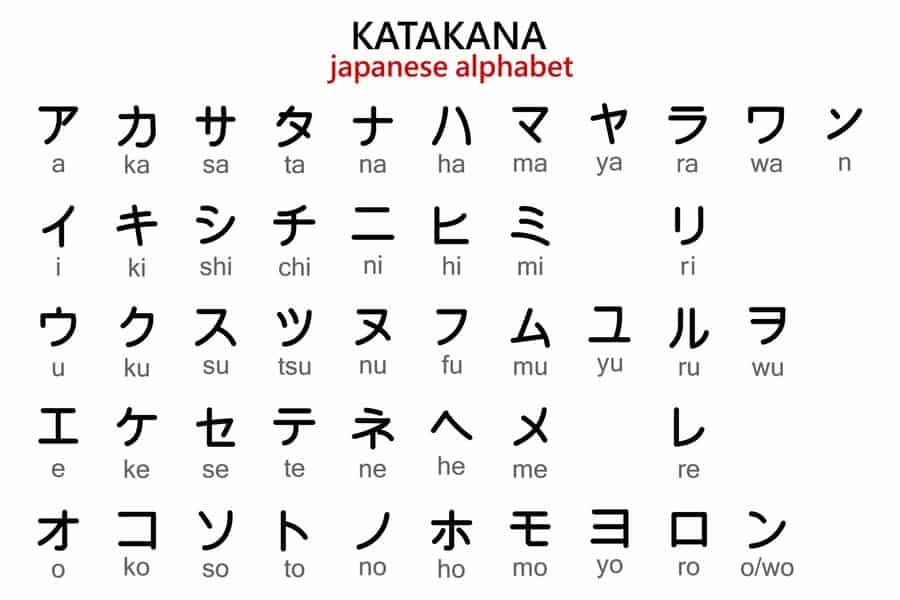- What is Katakana?
- History and Origin of Katakana
- How Katakana is Used in Japanese
- Key Differences Between Katakana, Hiragana, and Kanji
- Katakana Chart: Learn to Read and Write
- Practical Tips for Learning Katakana
- FAQs About Katakana
If you’re starting your journey into learning Japanese, you’ve probably come across the term Katakana. As one of the three primary writing systems in Japanese, Katakana plays a unique and essential role. In this guide, we’ll explore what Katakana is, its origins, uses, and how you can master it effectively.
What is Katakana?
Katakana (カタカナ) is one of the three scripts used in the Japanese writing system, alongside Hiragana and Kanji. It is characterized by its angular, straightforward strokes, making it visually distinct from the rounded shapes of Hiragana.
Key Features of Katakana:
- It consists of 46 basic characters, each representing a single syllable.
- Primarily used for foreign loanwords, technical terms, and onomatopoeia.
- Commonly seen in menus, advertisements, and scientific contexts.

History and Origin of Katakana
Katakana, derived from simplified Chinese characters (Kanji), originated in the 9th century. Monks initially used it to annotate classical Chinese texts with phonetic notes. Over time, Katakana evolved into a standalone script with a unique purpose in modern Japanese.
How Katakana is Used in Japanese
Katakana is versatile and used in several specific contexts:
- Foreign Loanwords:
- Words borrowed from other languages are written in Katakana.
- Examples:
- "Computer" → コンピュータ (Konpyūta)
- "Taxi" → タクシー (Takushī)
- Names of Foreigners:
- Non-Japanese names are transcribed using Katakana.
- Examples:
- "Emily" → エミリー
- "John" → ジョン
- Onomatopoeia:
- Sound effects and mimetic words are often written in Katakana.
- Examples:
- バン (Bang)
- ワンワン (Woof Woof)
- Technical and Scientific Terms:
- Names of species, medical terms, and technology often appear in Katakana.
- Example:
- Virus → ウイルス (Uirusu)
- Emphasis in Text:
- Used for stylistic emphasis, similar to italics in English.

Key Differences Between Katakana, Hiragana, and Kanji
| Feature |
|
Hiragana | Kanji | |
|
Appearance |
Angular, sharp |
|
Complex, pictorial | |
| Purpose | Foreign words, emphasis |
|
Meaningful concepts | |
|
Use Cases |
Taxis, names, terms | Particles, endings | Nouns, verbs |
Understanding when to use each script is crucial for mastering Japanese.
Katakana Chart: Learn to Read and Write
Here’s the complete Katakana chart with characters and their pronunciations:
| A | I | U | E |
O |
| ア (A) | イ (I) | ウ (U) | エ (E) | オ (O) |
| カ (Ka) | キ (Ki) | ク (Ku) | ケ (Ke) | コ (Ko) |
Tips for Writing Katakana:
- Practice the stroke order for each character to ensure legibility.
- Use flashcards to memorize both characters and their pronunciations.
Practical Tips for Learning Katakana
- Flashcards:
- Create a deck of Katakana characters with their pronunciations for daily review.
- Practice Writing:
- Copy Katakana words from menus, advertisements, or signs.
- Use Apps:
- Download language learning apps like Mazii or HeyJapan to access Katakana lessons and quizzes.
- Associate with Loanwords:
- Recognize Katakana in familiar foreign words such as "Pizza" (ピザ) or "Coffee" (コーヒー).
- Immerse Yourself:
- Watch Japanese media with subtitles to spot Katakana words.
Read more:
When to Use Hiragana vs Katakana: Maybe you don't know
Is the Katakana used the most? Which Japanese alphabet is used the most?
FAQs About Katakana
Q: Why do the Japanese have three writing systems?
A: Each system serves a specific purpose. Katakana is for foreign words and emphasis, Hiragana is for native grammar, and Kanji is for meanings.
Q: How long does it take to learn Katakana?
A: With consistent practice, you can master Katakana in 1–2 weeks.
Q: Should I learn Katakana before Hiragana?
A: While most learners start with Hiragana, learning Katakana early can help you recognize foreign loanwords.
Katakana is an essential part of the Japanese language, offering insight into how Japan incorporates foreign elements into its culture and communication. By mastering Katakana, you unlock a crucial skill for reading, writing, and understanding Japanese.
Ready to get started? Download our app or explore our comprehensive guides to learn Katakana and other Japanese scripts effectively!









